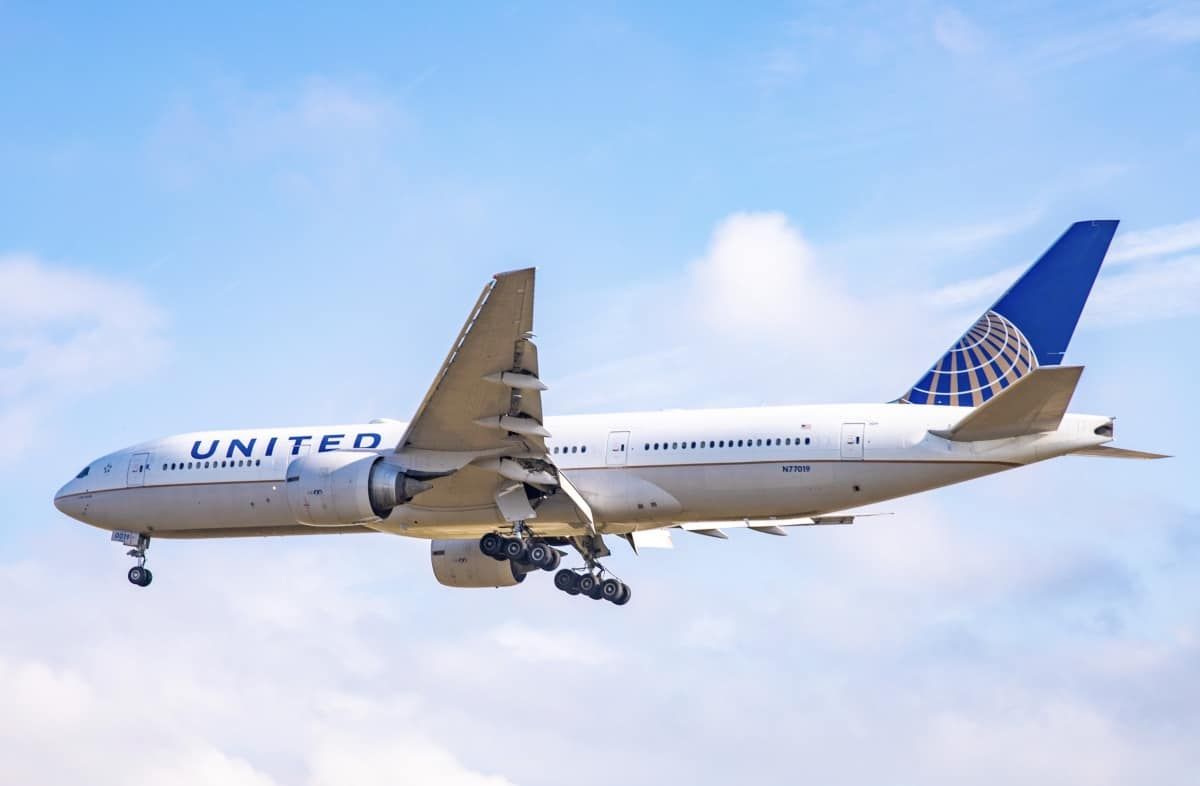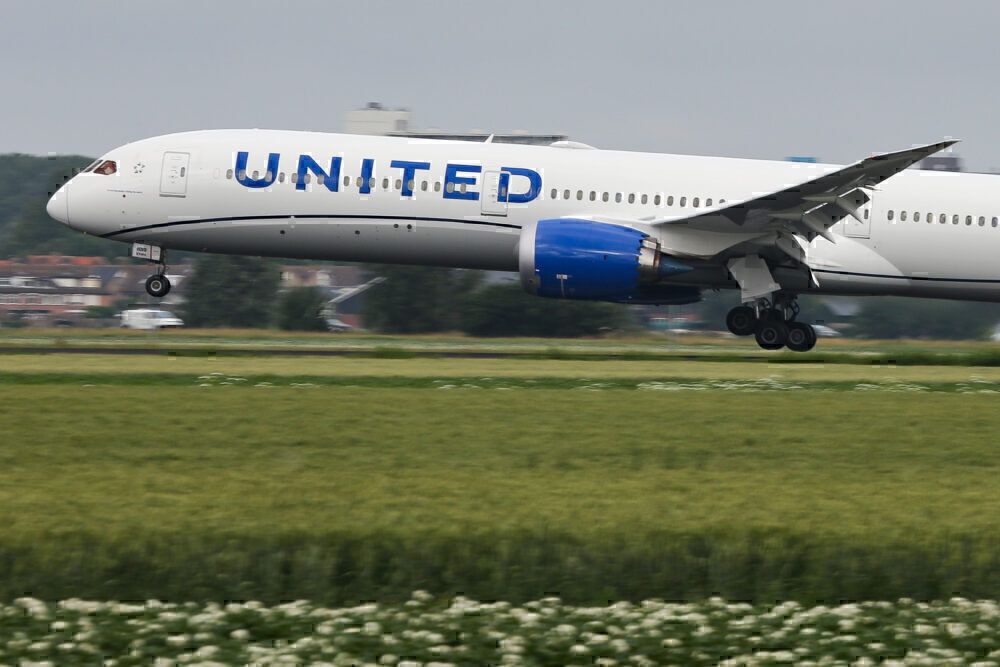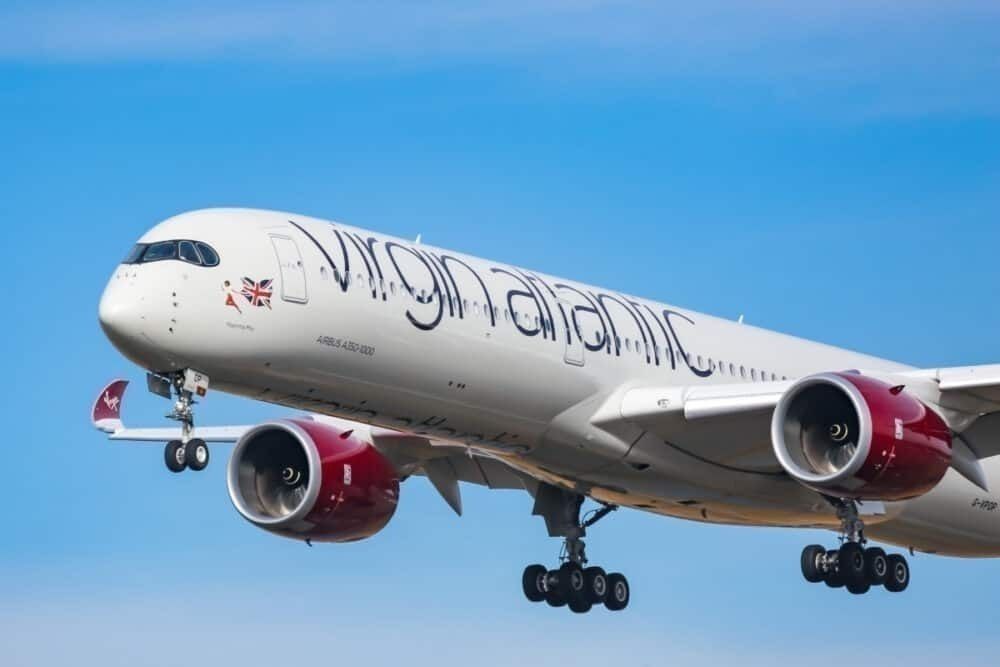For decades, transatlantic services have largely followed a few of the same paths across the skies. However, amid the downturn of activity caused by the pandemic, airlines will be given the freedom to choose their own routes across the Atlantic Ocean. Ultimately, Canada’s NAV and the United Kingdom’s NATS have shared that they won’t designate specific paths when the conditions allow.
A change in climate
According to CNN, in the coming weeks, the aforementioned air traffic navigation outfits will experiment with giving carriers more control over their flights. Pilots will be able to choose the most efficient route based on speed and trajectory. As a result, there could be significant emission and cost savings.
This trial does not have an end date as of yet. Moreover, it would not have been possible to action such a move until recent times. Overall, advancements in satellite technology to monitor North Atlantic air traffic have helped controllers to have real-time data on aircraft hopping over the pond. Along with this, there are just 500 flights across the Atlantic every day in the present conditions, making it easier to control.
Stay informed: Sign up for our daily aviation news digest.
On the right track
NATS highlights that now is the time to take the leap with this initiative. The institution also emphasizes that there could be notable savings. It hopes that the evaluation of these flights, along with other exercises, will give it enough evidence to decide on making permanent changes in the future.
A Virgin Atlantic spokesperson informed Simple Flying about its focus when it comes to jetstreams. The British carrier sees value in choosing the right path.
"Our pilots utilise the Jetstream as a matter of course and are now “connected” when airborne, so are able to regularly get updated winds that are fed into the aircraft systems to better inform them on routings and altitudes to fly," the spokesperson told Simple Flying.
"This all starts with the Flight Planning system which is used to optimise the flight prior to departure and is then refined en-route. This technique of utilising the wind was trialled back in 2018 and was successfully rolled out across the fleet. At the time we estimated these changes would save the airline emitting 3,500tonnes of CO2 per year."
The wind will guide you
Operators will be able to shift their patterns based on the conditions of the flight. For instance, the University of Reading studied 35,000 transatlantic flights last winter. They noticed that by letting airlines take better advantage of wind patterns, there can be fuel use reductions of 16% when flying east. Altogether, Michael Gill, director of environment at the International Air Transport Association (IATA), expresses that potential fuel savings are comparable with an upgrade to a new plane.
"We estimate that each new generation of aircraft increases fuel efficiency by 15% to 20%, so this could be similar to introducing a next generation airliner” Gill shared, as reported by CNN.
"Using the jet stream more frequently and on a more permanent basis without putting safety at risk in any way would be welcomed.”
The airline industry accounts for approximately 2% of carbon emissions around the world. However, stakeholders in the market have been announcing their commitment to reducing their impact. For instance, the UK’s aviation industry has a target to achieve net-zero carbon emissions by 2050. So, initiatives such as this will contribute to this goal due to the prospects of more efficient routes.
What are your thoughts about how carriers picking their own routes on transatlantic operations? Do you think that this is a good move for the industry? Let us know what you think of the developments in the comment section.



